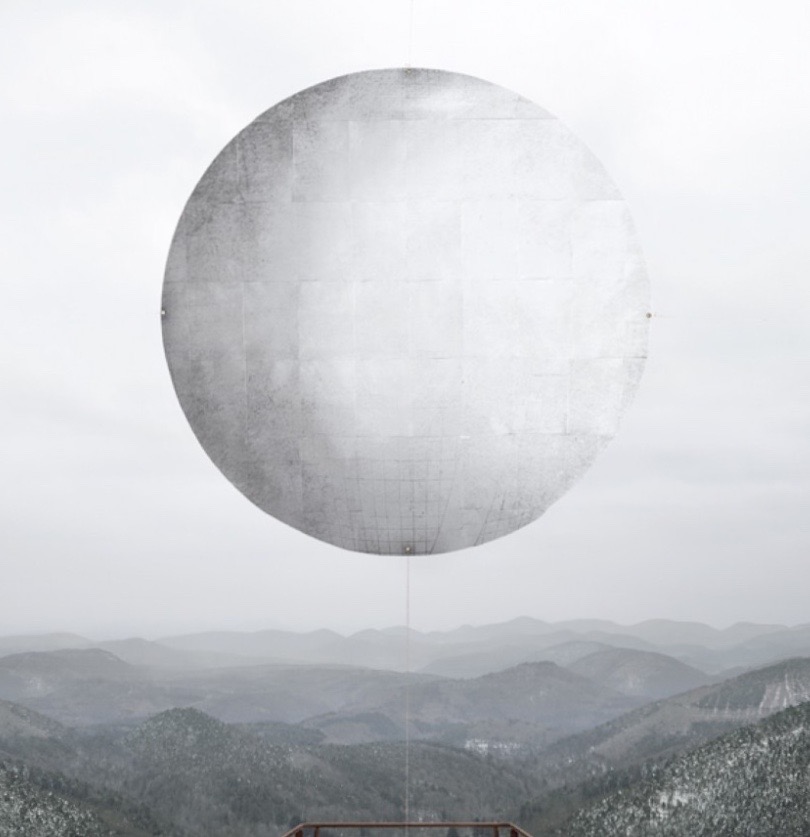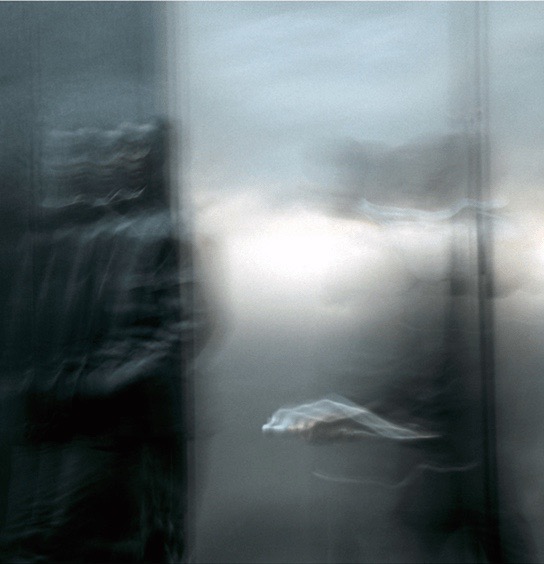Ana Mendieta, Body and identity in question
How to combine collective memory and individuality? What identity(s) reveals this human body that Ana Mendieta stages? What is the significance of the traces we leave on the ground in front of those that have preceded us for centuries, millennia? With her body, Ana Mendieta tries to find her place in the world. Unpublished in the production of this Cuban-American artist at the crossroads of Land Art and Body Art, the videos currently presented at the Jeu de Paume invite introspection as much as universalism. The body, intimate, personal, and at the same time universal, the one we all have in common, is the first means of apprehension from the outside, the tool by which our relationships with the world and others are built. This tool is wonderfully staged by Ana Mendieta, who underlines its historical, political and identity dimensions with extreme sensitivity.

Bury herself in the ruins of a zapotheca temple several thousand years old, walk in the backwash of the waves that seems never to stop. Reenact lost rituals, forgotten by almost everyone, bury herself under branches or stones and feel the passing of time, mimic it, accompany it. So many performances by which Ana Mendieta defies time and the stories it recovers.
Poetic, they look like nothing but mean everything; Ana Mendieta’s actions and performances could be considered insignificant, and even senseless. Yet they emanate a strange spell. The performances could have been forgotten, never existed but filmed, here reported, they are reactivated with each viewing. The images are soothing, bewitching, divided into four themes by the curator. The eye stops there in front of fire, water, earth or blood.
What is woven as the artist breaths, the lapping of water or the crackling of fire, is a true communion with nature: immense, immeasurable, it has not been enslaved by Ana Mendieta but observed, listened to, and finally accompanied. In its immense sound, the artist tried to distinguish the traces and to print her own.
![Ana Mendieta La Venus Negra, 1981 (Estate print 2018) [The Black Venus] Black and white photograph Edition of 6 with 3 APs (GP3515-C) © The Estate of Ana Mendieta Collection, LLC Courtesy Galerie Lelong & Co.](https://jeunescritiquesdartblog.files.wordpress.com/2018/10/gp-3515-c-2-la-venus-negra-1.jpg)
The Cuban-American artist herself was forcibly exiled at the age of twelve to escape Castro’s dictatorship. She later chose a voluntary and perpetual exile because she preferred a nomadic existence, where borders and ties were constantly being recomposed. She lives in Rome, New York, Mexico, would like to return to Havana, her first home… Since the forced exile, she has found a new home almost everywhere and “makes exile her home,” she explains.
Her performances are an attempt to take over the places through which she constantly transits, but through which others have also transited before her. Every passage, every life, every action done there, before her, could have left a trace. Ana Mendieta mimics and reenacts these passages, letting herself be caught up in the time and stories that these pieces of nature have witnessed in which she performs.

It is a curious story that of Ana Mendieta, who, despite all the imprints she has spread in nature or art history, is still too often mentioned there to have been Carl Andre’s wife. Artist’s wife or female artist? The dilemma seems eternal; it is particularly cynical here since it was only in 1985, the last year of her short existence, that Ana Mendieta and Carl Andre joined forces. Defenestrated at the end of the year, suspicions of murder persist, the husband was acquitted… The only thing clear is that she was the wife of.
Bitter irony, this posterity is enough to make you angry. It testifies to the long way to go to fully recognize the work of the countless female artists who have been confined by too many powers to their role as marital acolyte.
It also testifies to the role that institutions can play in this fair rebalancing of forces. There is no need, in my opinion, to show that there have been women artists, an inventory makes little sense if it is only intended to offset the number of male artists in whose shadow they have created. At the Jeu de Paume, which dedicates her first major retrospective, Ana Mendieta is presented as an artist, and that’s all. It is the body she has chosen to reclaim by exposing it that is shown, the voice she has made resound in a conference that is broadcast, the places she has chosen to invest for a moment and immortalize in video that are recreated. It is these videos never edited by Mendieta and presented in a new way that are given to see, at the same time documents, testimonies, and aesthetic works. But if the question of the female body inevitably arises in the face of Mendieta’s works, neither should we fall into the opposite excess and consider them solely from a gender point of view. Thank you to the Jeu de Paume team for presenting with such measure and accuracy the work of this pioneer of Land Art, unfortunately forgotten, covered by time and history (of art) despite the generations of artists she has inspired since then.
Horya Makhlouf
Practical information:
Ana Mendieta, Le temps et l’histoire me recouvrent
To be seen from October 16, 2018 to January 27, 2019 at the Jeu de Paume
Featured image: Portrait of Ana Mendieta, © The Estate of Ana Mendieta Collection, LLC
Courtesy Galerie Lelong & Co.






